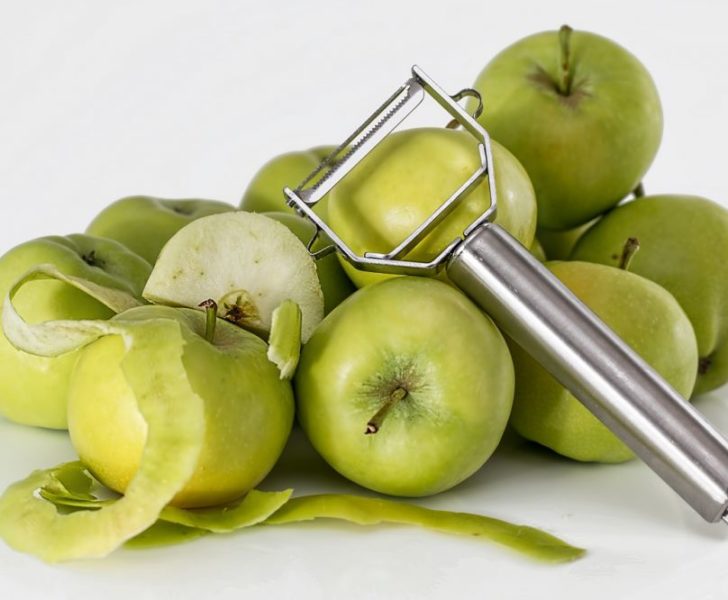Raw Food Diet: A Comprehensive Guide to Health and Nutrition

Introduction
[Insert engaging and visually appealing video clip here.]

The concept of a raw food diet has gained significant popularity in recent years, attracting individuals who seek to embrace a healthier and more natural approach to nutrition. In this article, we will provide a thorough overview of the raw food diet, exploring its various types, popularity, and quantitative measurements. Additionally, we will delve into the differences between different raw food diets, examine their historical advantages and disadvantages, and present a detailed analysis of the overall benefits they offer.
Section 1: Understanding the Raw Food Diet
The raw food diet, also known as raw foodism, centers around the consumption of unprocessed and uncooked foods. It promotes the belief that cooking food can lead to a loss of essential nutrients and enzymes necessary for optimal health. Advocates of this diet argue that by consuming food in its natural state, individuals can maximize their nutrient intake and improve overall well-being.
Section 2: Exploring Types and Popularity
2.1 Types of Raw Food Diet
Raw food diets can vary significantly in their principles and food choices. Here are a few popular types:
– Raw Vegan Diet: This diet excludes all animal products and focuses on consuming raw fruits, vegetables, nuts, seeds, and sprouted grains.
– Raw Vegetarian Diet: Similar to the raw vegan diet, but allows for the inclusion of raw dairy products, such as milk, cheese, and yogurt.
– Raw Paleo Diet: This diet incorporates raw and unprocessed animal products, such as raw fish, meat, and eggs, along with raw fruits and vegetables.
– Raw Omnivorous Diet: Allows for the consumption of both raw plant-based foods and raw animal-based foods.
2.2 The Popularity of Raw Food Diet
The raw food diet has gained considerable popularity in recent years. Celebrities and health enthusiasts worldwide have embraced this lifestyle, attributing numerous benefits to their adherence. The diet’s popularity can be attributed to claims of increased energy levels, improved digestion, weight loss, and the potential prevention of chronic diseases.
Section 3: Quantitative Measurements of Raw Food Diet
Quantifying the nutrient content of a raw food diet can be challenging due to the variety of factors influencing nutritional composition. However, several studies have been conducted to shed light on the quantitative measurements of this diet:
– Vitamin and Mineral Content: Raw plant-based foods are rich in essential vitamins and minerals, such as vitamin C, vitamin A, magnesium, and potassium.
– Enzyme Activity: Raw food contains enzymes that are vital for digestion. These enzymes can be beneficial for individuals with digestive issues or enzyme deficiencies.
– Antioxidant Levels: Raw fruits and vegetables are high in antioxidants, which contribute to overall health by reducing oxidative stress and preventing cellular damage.
Section 4: Examining Differences Within Raw Food Diets
Although raw food diets share the common principle of consuming uncooked foods, there are significant differences among them. These differences mainly stem from variations in the inclusion or exclusion of specific food groups. For example:
– Raw Vegan vs. Raw Paleo: Raw vegans rely solely on plant-based foods, while raw paleo dieters incorporate raw animal products into their diet.
– High-Fat vs. High-Carb: Some raw food diets emphasize high-fat foods like nuts and seeds, while others focus on high-carb options like fruits and vegetables.
Section 5: Historical Analysis of Benefits and Drawbacks
The history of raw food diets reveals both advantages and disadvantages. Throughout the years, these diets have been associated with numerous health benefits, including weight loss, improved digestion, reduced inflammation, and increased vitality. However, critics argue that certain nutrient deficiencies, food safety concerns, and challenges in meeting daily nutrient requirements may pose drawbacks for some individuals.
In conclusion, the raw food diet is a lifestyle choice that aims to maximize nutrient intake by consuming unprocessed and uncooked foods. With various types to choose from, each with its benefits and potential drawbacks, individuals can tailor this diet to suit their specific health goals. While the diet’s popularity continues to grow, it is essential to conduct thorough research and consult with healthcare professionals before adopting any new dietary regimen.
[ References (optional)]
– Insert relevant references to support the information presented in the article here.
– Use a consistent citation style format to ensure accuracy and credibility.











